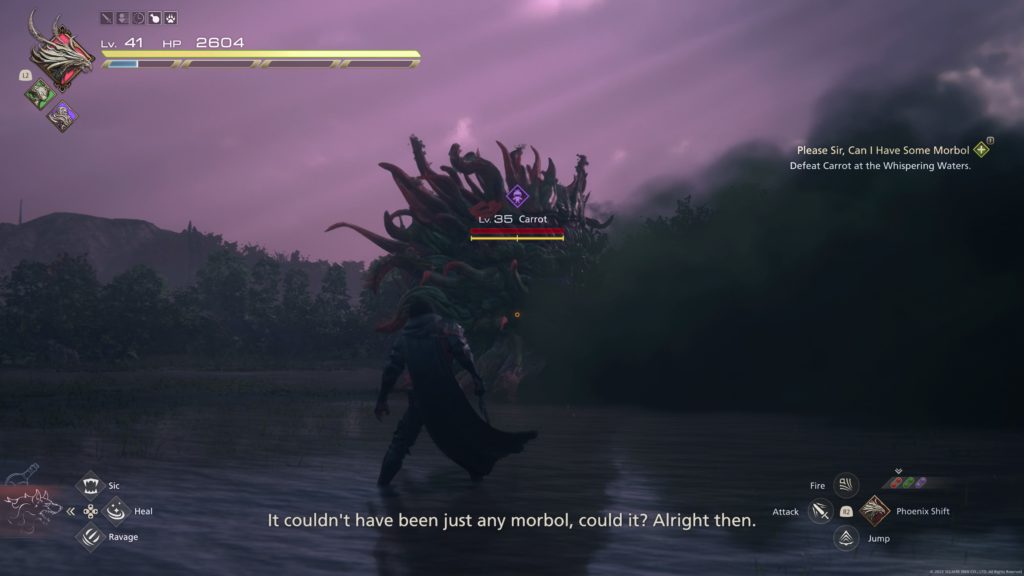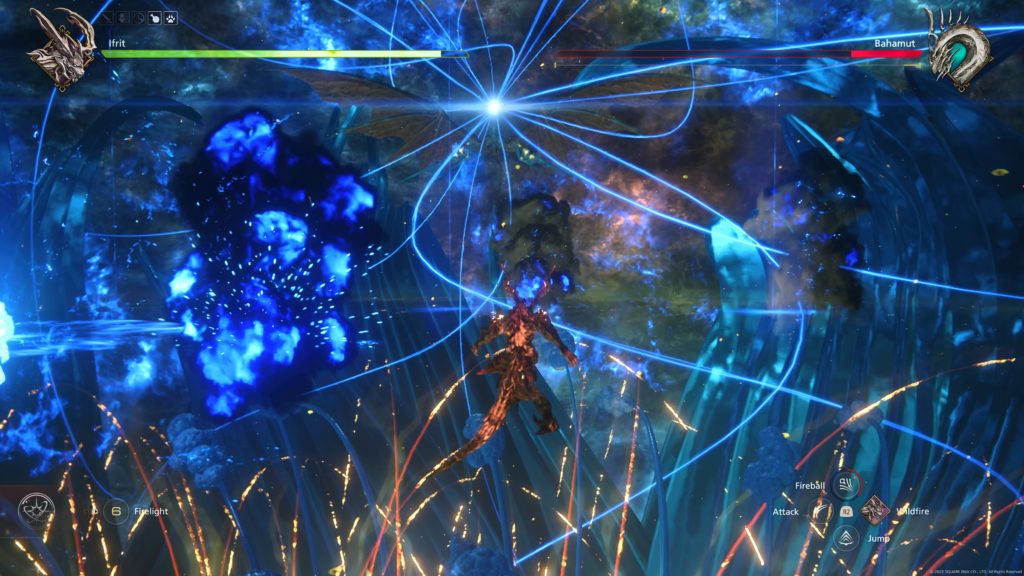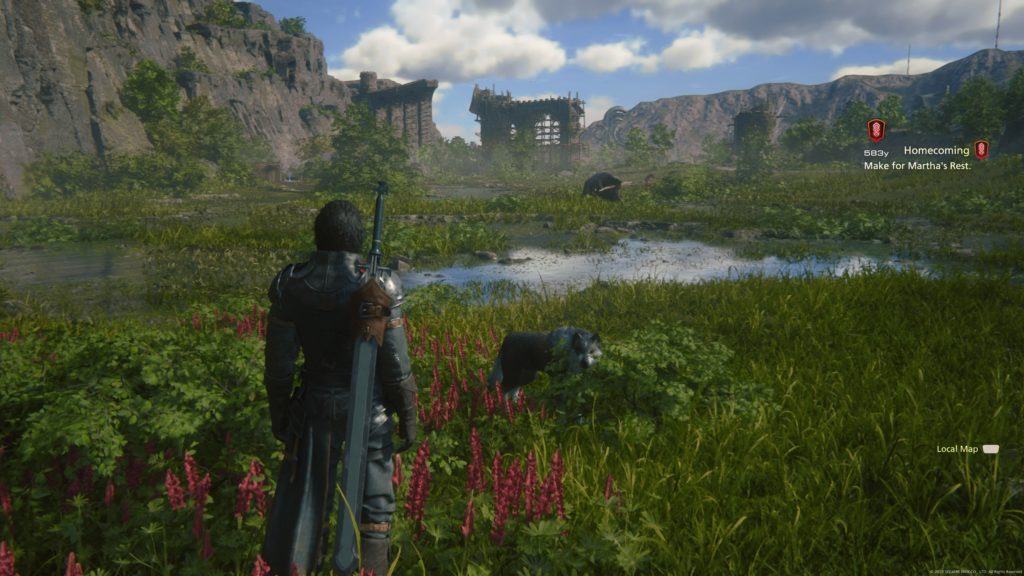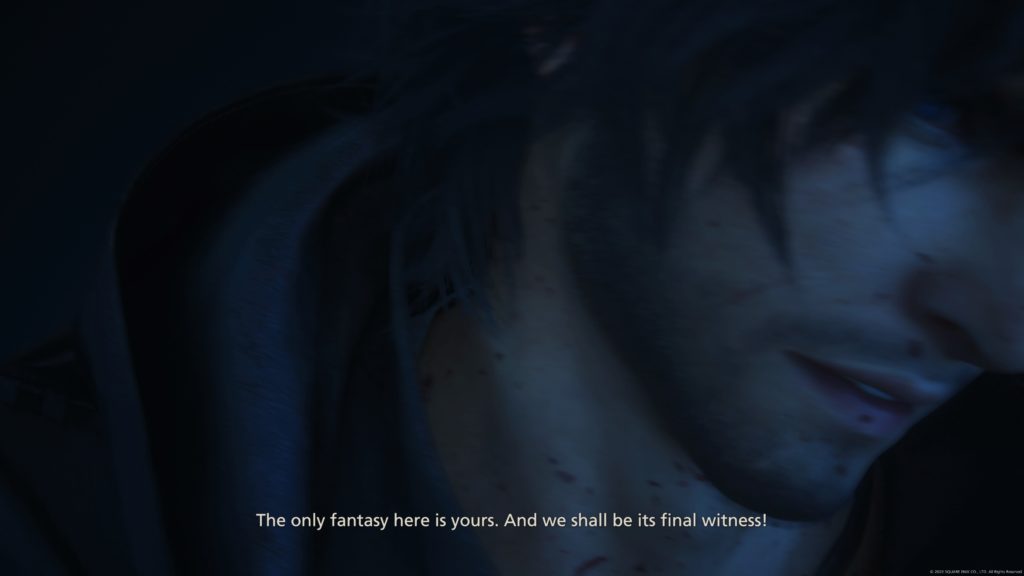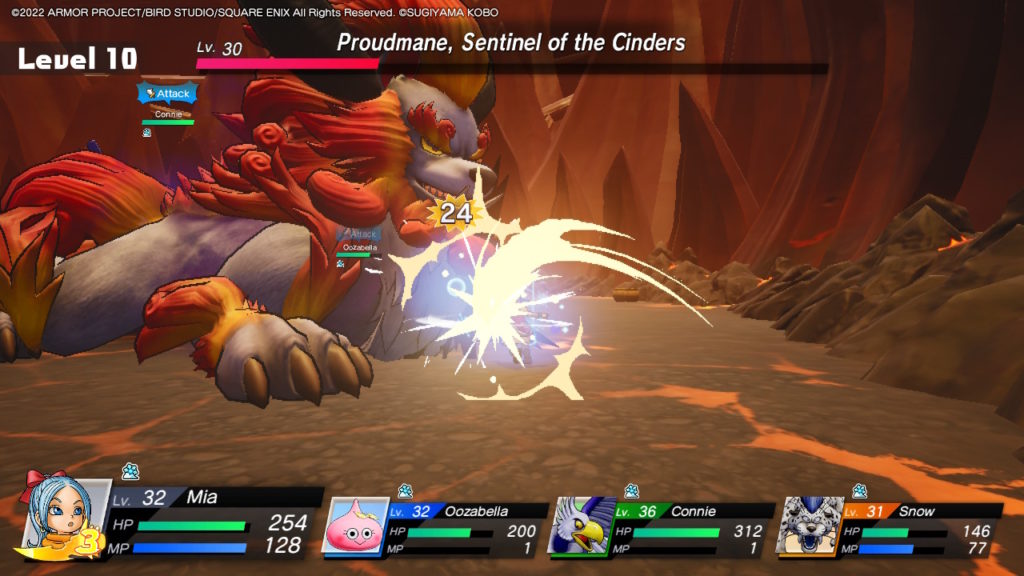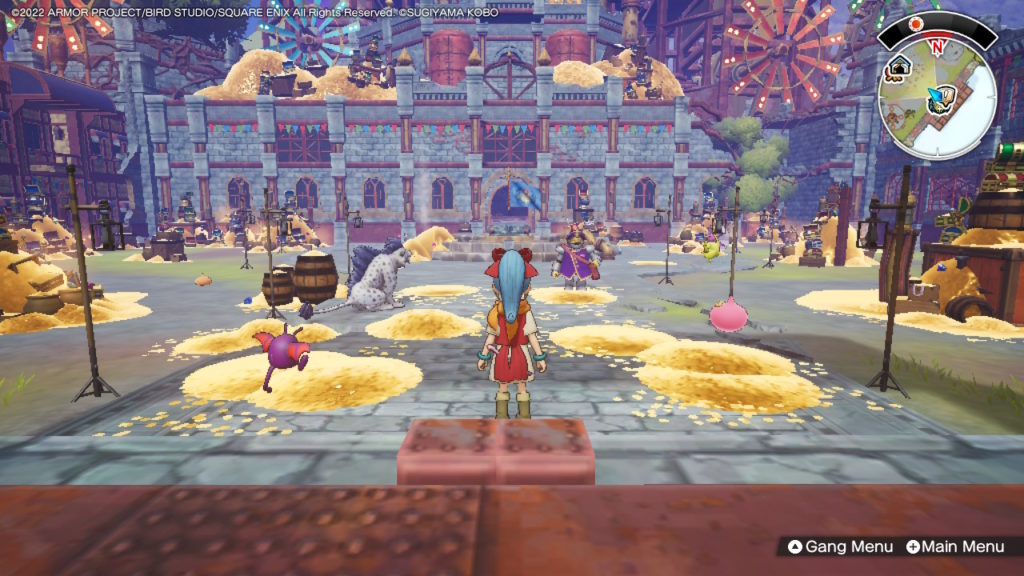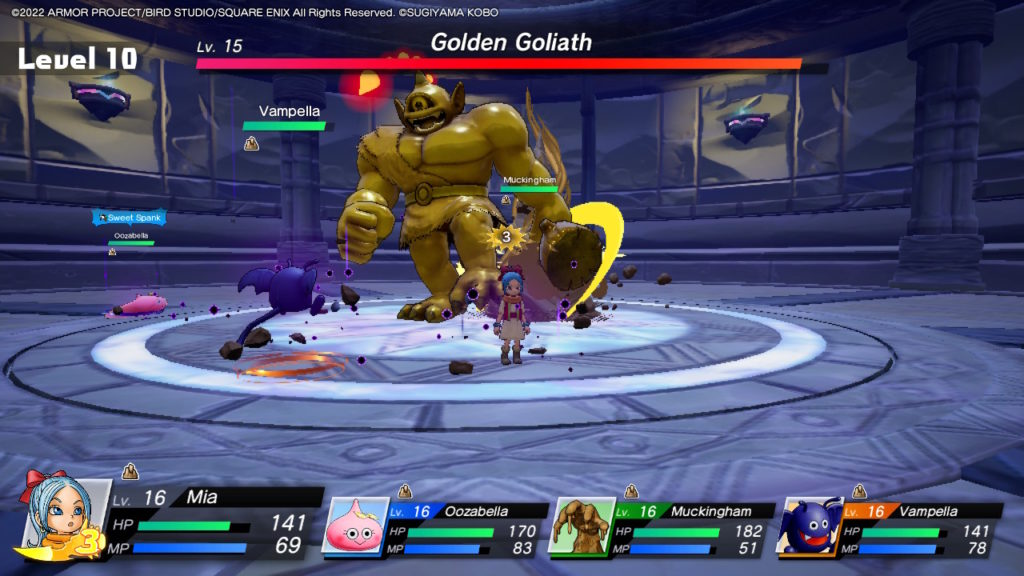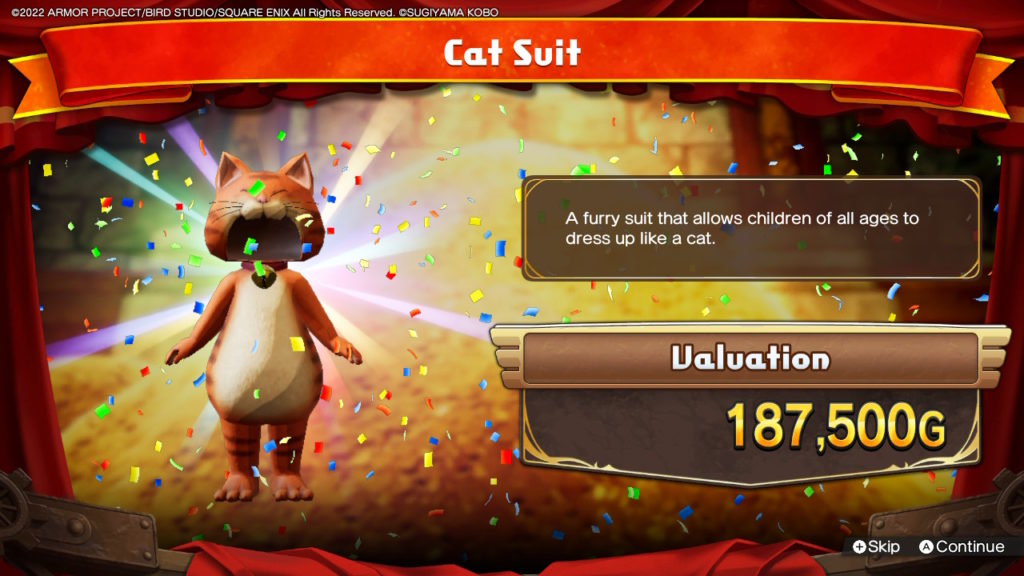More Info from Square-Enix
Original Ramblings
- Genre: JRPG
- Platform: PS5
- Also Available On: iOS, Xbox Series, Windows, Switch
My previous ramblings about part 1 are still 100% my feelings for the way the first half of this game went. Combat is generally incredibly fun, bosses are solid but can sometimes be a bit one-note, and the visuals work well. I never did get around to part 2 on iOS for whatever reason, but I’d seen some ramblings about it not being as good. I’d seen some ramblings about it having balance issues. I’d seen some ramblings about the open world changes not really working out well. And boy are those still the case.

The point at which you transition into part 2 of this game is incredibly obvious because you are just bombarded with new mechanics. The unfortunate thing for the game is that even though this is the effective director’s cut of the game, they couldn’t really fix these mechanics to be present in the whole game because they are so story related.
The first major one of these is the change from a linear game to an open world game. The end of part 1 has you having seen at least most of the major locations in the game, so structurally this makes sense. You’re revisiting old locations for new reasons – finding new items, searching out new people, etc. A lot of the progression through this section feels pretty arbitrary in terms of discovery, but that would be fine in isolation. It just doesn’t work out for the gameplay. Besides going to locations that you’ve already seen and ransacked, you get into awkward mixes of enemies that are at lower levels and enemies that now feel out of place from being high level. It ends up exacerbating what is already some weird balance to really slow down the pace of leveling in a negative fashion.
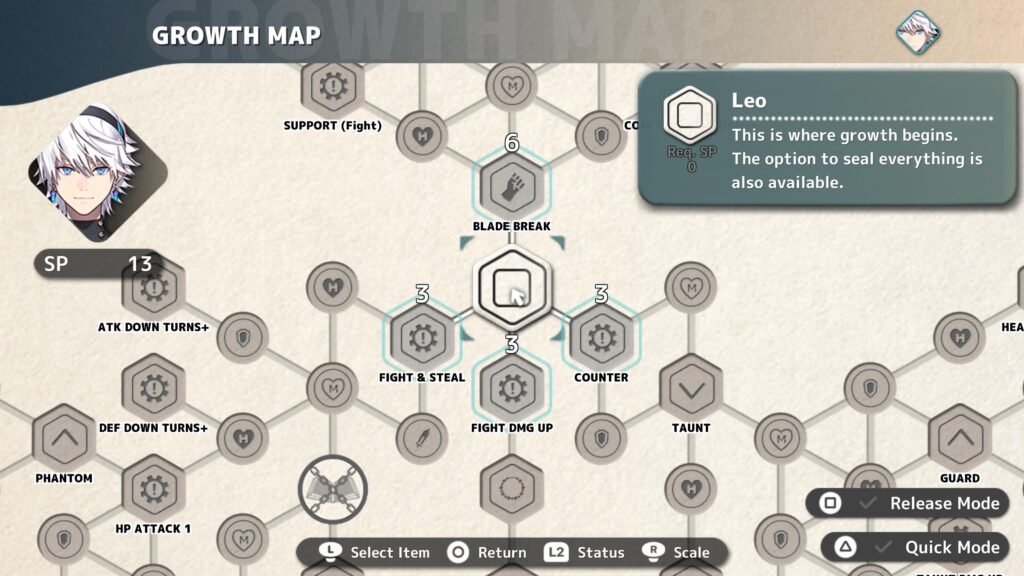
You are also granted access to the growth map system. This is essentially a skill tree tied to a story-important item for each character. The problem is sort of three-fold here. It feels like it was put in place to address power curve problems past level 30, rather than simply adjusting the power curve of core leveling to be better. It also comes in per-character, so you end up in places where some characters just feel underpowered relative to the rest of the party, relegating them to very specific uses. Finally, the system just doesn’t really give you any points to start with so it’s all based on growth from level 35 on, basically leaving you at an introduction point with no gains. Another mechanic that comes in around this time is gear upgrading. Again, it’s a system that feels like it was added to assist in the power curve above level 30 but because the items tied to the system only come in with the later game enemies and treasures you kind of can’t take advantage of it without grinding. This again continues to exacerbate balance issues.
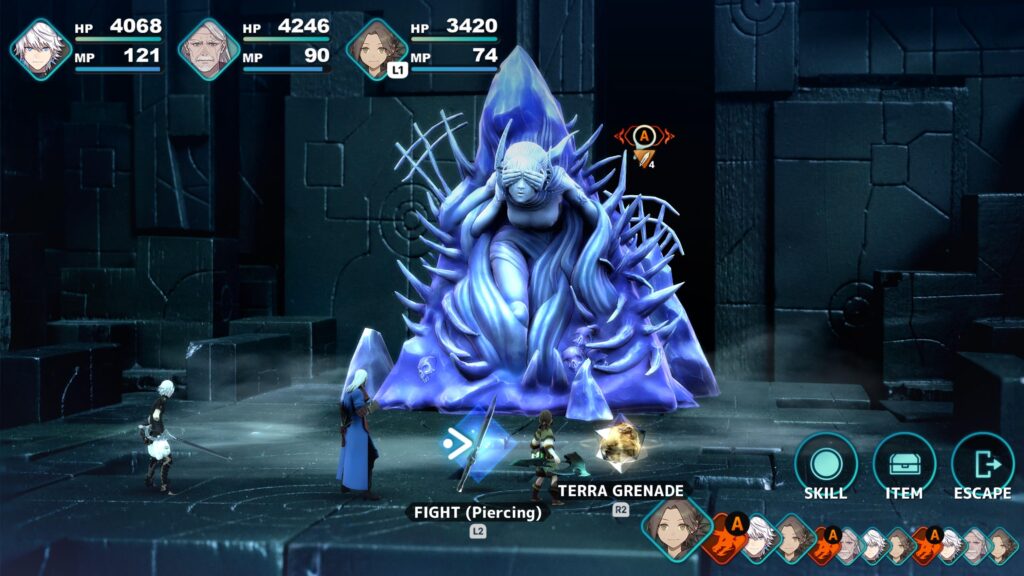
So the thing that keeps coming up here is balance, and that’s tied to one simple change. Once your characters are past level 35, they gain less XP against “weaker” enemies. Again, in isolation this is not a huge deal and a ton of games do things along these lines. The problem as it were is that the levels of enemies in this section of the game just do not correspond to their power. At the point I shelved this, I was around level 40 going up against bosses that were around level 38 and they were doing AoE attacks that were doing 90+% of my health pool to the entire party in one attack. This just ends in a train of healing that is incredibly boring at best and generally just a slow slog to demise at worst. Assuming you then beat the boss, it’s “low level” so you get almost no XP from it. It’s all effort, no reward, and because of this very same system the walk to the boss also earns almost no XP because the trash are similarly low level, so even the fun Dimengeon mass fights don’t feel worth the effort. It ends up making the gameplay incredibly awkward in that you go to higher level areas to grind, then warp back to low level areas to progress the story even though you are “too strong”. It just does not work out.
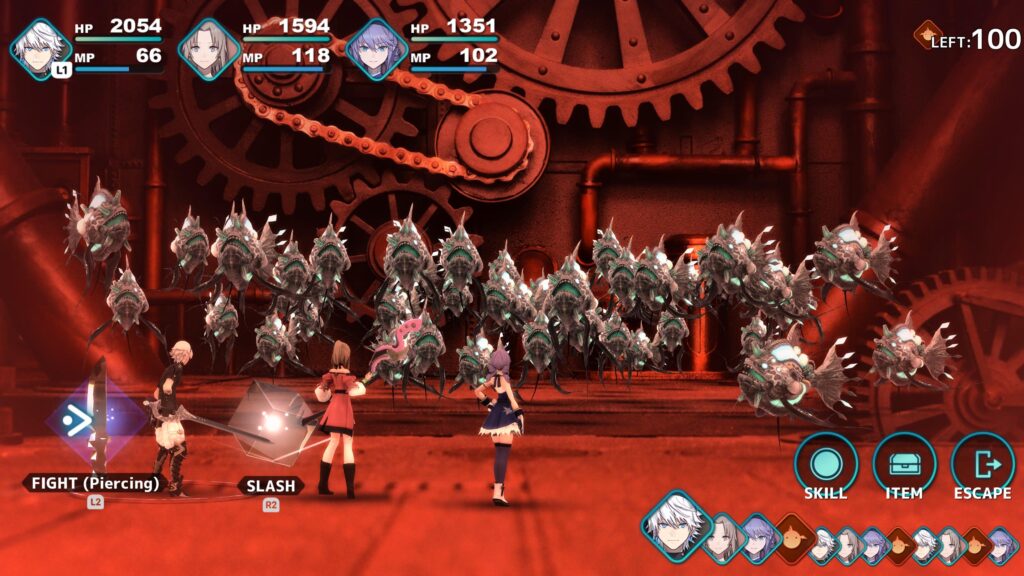
Ultimately I suppose that is my problem. I wouldn’t mind a bit of grinding if I felt like I was being rewarded with progress, but part two gets you to a place where you’re just beating your head against the wall for small rewards to get past things that by level are “weak” compared to you, despite them obliterating the party. I just don’t have the time or patience for that anymore. There’s a gem of a game here if a few small changes are made – don’t reduce XP for weak enemies, increase the levels of bosses to make them “correct”, make gear upgrade items more common, grant a bunch of SP when gaining access to the growth map – but this just could not stick the landing. Given the potential shown in the original release of part 1 it’s really just kind of a bummer.


